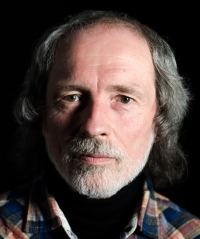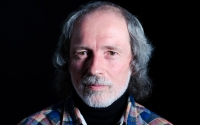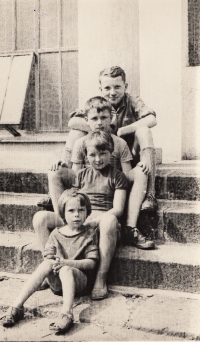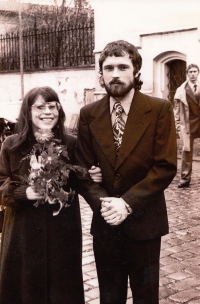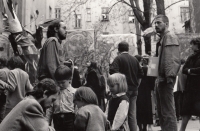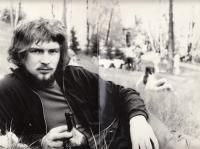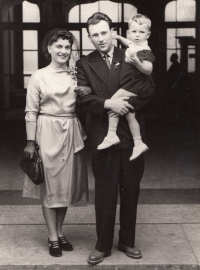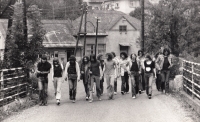Photo of a performance could be mailed to the West without problems
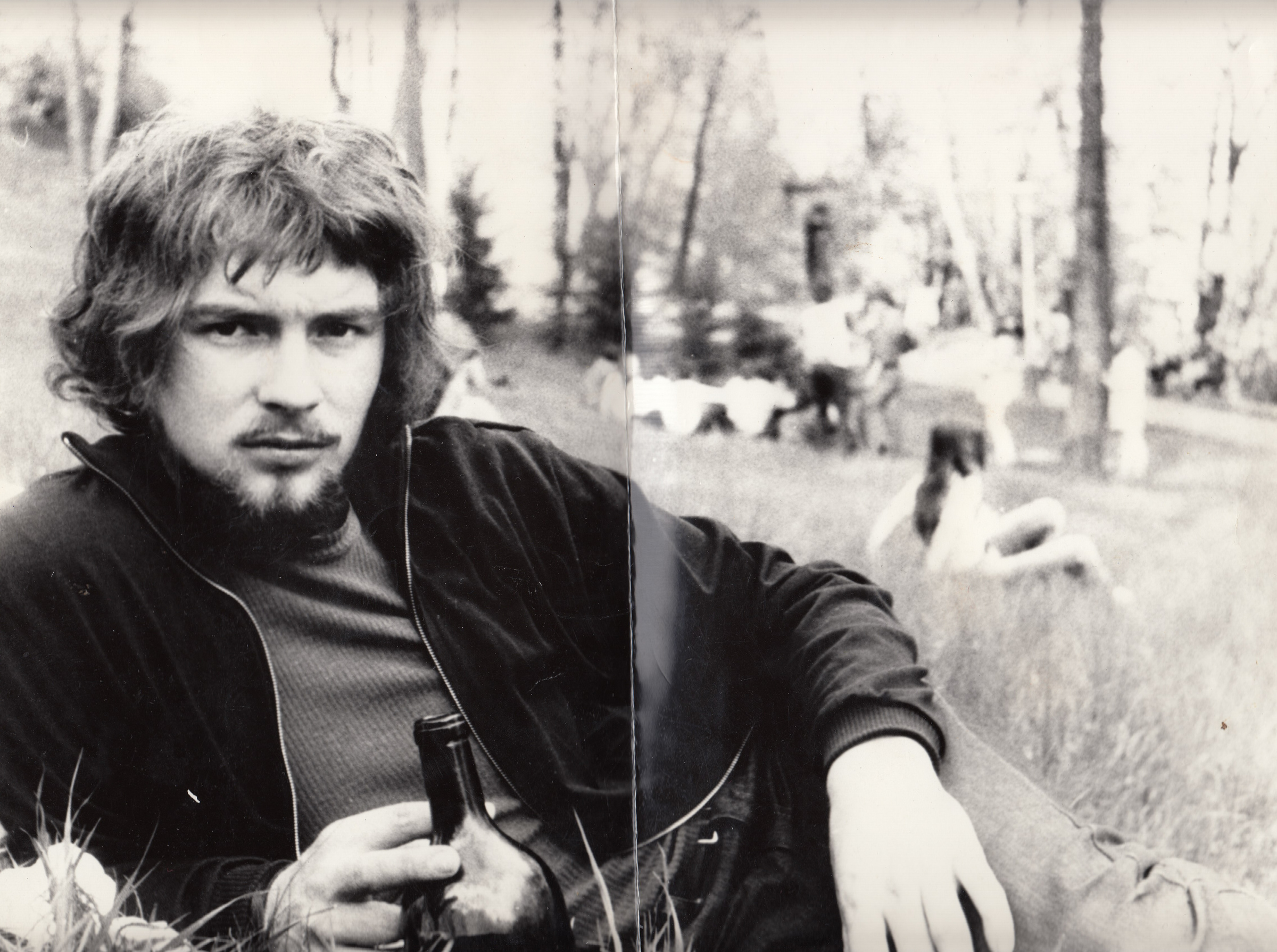
Stáhnout obrázek
Jiří Kovanda was born on May 1, 1953, in Prague-Vinohrady and spent his childhood and youth in Strašnice, where he attended Julius Fučík’s primary school. He was not accepted to the grammar school due to poor results at the entrance exams, so his father entered him as a construction apprentice in Prague-Malešice. His apprenticeship was completed by the maturita exam, after which, from 1977, he worked as a surveyor in the construction of the Prague underground. Then he was employed in the depository of the National Gallery. Since the late 1970s he focused on performances. He stood in the opposite direction on the moving stairs and looked into someone else’s face, or he stood with his arms spread in the Wenceslas Square. Kovanda’s activity was documented by a photographer, since his goal was to disseminate the performances – the photographs were exhibitied in the West as well. He and other Czech performers (Karel Miller, Jan Mlčoch and Petr Štembera) put an end to their performances at the turn of the 1970s and 1980s. In the 1980s he focused on painting and from the late 1980s, shortly, to graphic design – he worked, among others, with Uno dancing troupe and designed the LP cover accompanying the Czech film Bony a klid. He appreciated the political change in 1989 as it provided him with an opportunity to present his art in public. He remained in the National Gallery until 1995 and since then he has worked as an assistant in Vladimír Skrepl’s studio at AVU in Prague.
